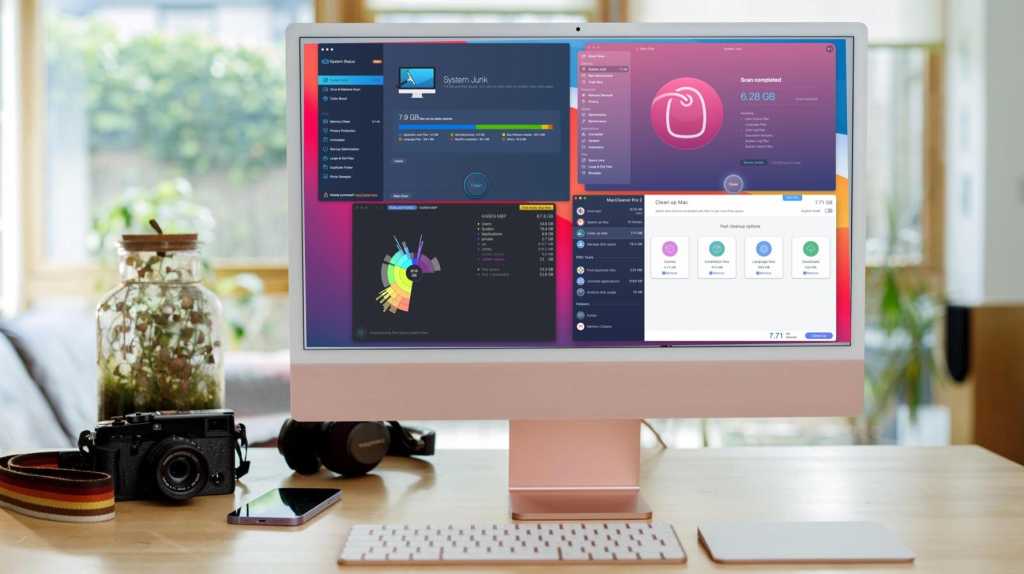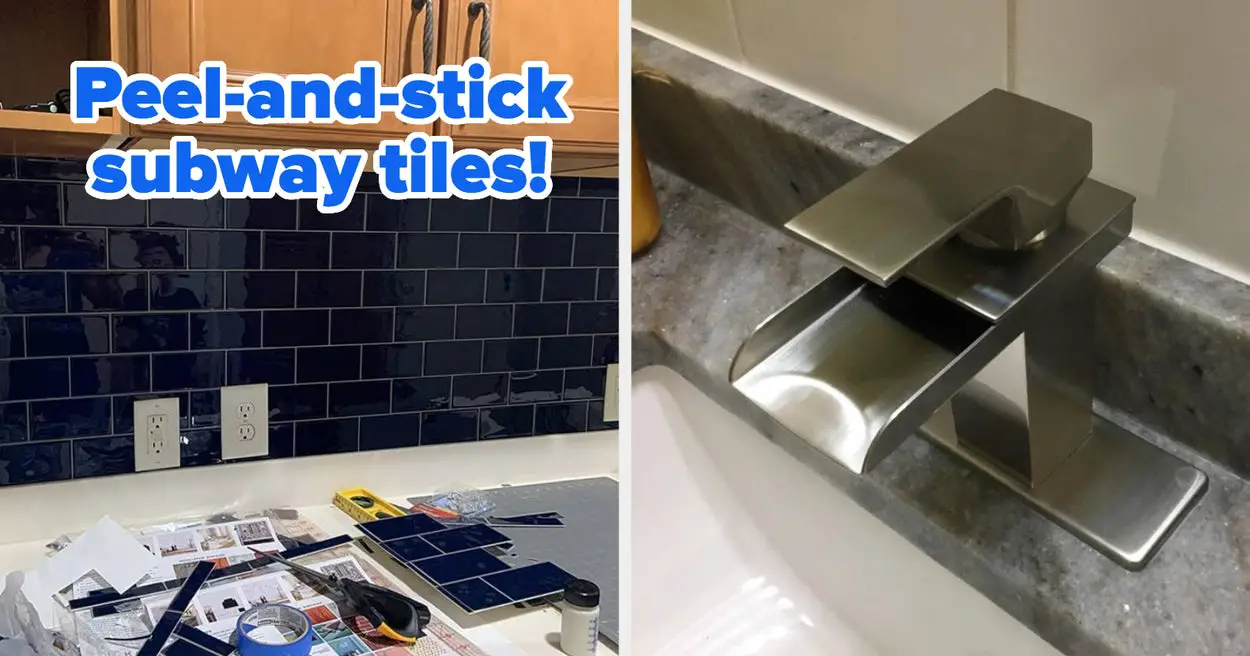Ever since Lwanga Herbert was a youngster growing up in Kampala, Uganda, he wanted to create technology to improve his community. While attending a vocational school, he participated in a project that sought technological solutions for local electricians who were having problems troubleshooting systems.
Herbert helped develop a detector to measure voltage levels in analog electronics; a pulse detector to identify digital pulses and signals; and a proximity alarm system. The tools he helped develop made troubleshooting easier and faster for the electricians. When he understood the impact his work had, he was inspired to pursue engineering as a career.
“I saw firsthand that technology increases the speed, efficiency, and effectiveness of solving challenges communities face,” he says.
The devices were recognized by the Uganda National Council for Science and Technology. The level and pulse detectors were registered as intellectual property through the African Regional Intellectual Property Organization.
Herbert now works to use technology to address challenges faced by Uganda as a whole, such as high neonatal death rates.
The IEEE member is the innovation director at the Log’el Science Foundation. The nonprofit, which was launched in 2001, works to foster technological development in Uganda. It strives to enable a more competitive job market by helping startups succeed and by sparking interest in science, technology, engineering, and math careers.
Herbert has been active with IEEE’s humanitarian programs and is chair of thenewly established IEEE Humanitarian Technology Board. HTB will oversee and support all humanitarian activities across IEEE and is responsible for fostering new collaborations. It also will fund related projects and activities.
Because of his busy schedule, The Institute conducted this interview via email. We asked him about the goals of the Log’el Science Foundation, his humanitarian work, and how his IEEE membership has advanced his career. His answers have been edited for clarity.
The Institute: What are you working on at the foundation?
Lwanga Herbert: The foundation has four main projects: an incubation program; STEM education outreach; internship opportunities for both undergraduate and graduate students; and entrepreneurship development.
The incubation program assists technology startups during their vulnerable inception stages, enabling them to grow and flourish. The objective is to encourage and promote innovation-based entrepreneurship by providing assistance and support such as mentorship, connecting participants to business and technical institutions, and facilitating courses on a range of technology and management topics.
The STEM education program engages youth across the country by arranging professional engineers to talk to students in primary school, high school, and college about their work. This greatly inspires and motivates them to embrace a career in STEM.
The goal of connecting students to internships is to help them put the theoretical knowledge they learned at school into practice. The program helps prepare young learners for the workplace and provides them with career development opportunities.
The entrepreneurship program’s goal is to instill the culture of entrepreneurship into the mindset of young people. [The program teaches business skills and holds competitions.] The Log’el Science Foundation hopes this leads to the creation of rich and creative business, scientific, technological, agricultural, and production operations in Uganda.
What kind of impact have you seen from the programs?
Herbert: They have enabled students to secure employment much faster than before and allowed their self-confidence to rise. Because they have more self-confidence, students have been able to start and operate successful business ventures. The outreach programs also enable young learners to develop and strengthen their interests in STEM-related career paths.
What challenges have you faced at your job, and how did you overcome them?
Herbert: One of the key challenges is that the innovation process takes time to produce results, and therefore I need a lot of patience and sustained focus. I always remind myself to have hope, commitment, and passion when dealing with the process.
Another challenge is making sure I stay inspired and motivated. Working in a non-inspiring and non-motivating society can bring down an innovator’s self-confidence and sense of direction. I have found that networking with a wide variety of people can help keep my morale up.
Is there a humanitarian effort you’ve been a part of that stands out?
Herbert: I led an IEEE Humanitarian Activities Committee-supported project in 2019 that aimed to reduce neonatal death rates and injuries among newborn babies in Uganda.
There are considerable gaps in neonatal health care because of understaffing and a lack of functional medical equipment. Many neonatal deaths can be prevented with proper equipment.
Both IEEE programs collaborated with Neopenda, a health tech startup founded in 2015 that designs and manufactures wearables. The device we developed monitored four major vital signs of a newborn: heart rate, respiration, blood oxygen saturation, and temperature. If any abnormalities in the vital signs are identified they can be corrected accordingly, and in a timely manner, and thereby [help] prevent ill health or even death.
When did you join IEEE and why? How has being a member benefited your career?
Herbert: I joined in 2009 when I was a student at Kyambogo University in Kampala, because of its collaborative environment, global membership, and humanitarian efforts.
As an IEEE member I have been able to improve my professional skills by learning how to be a team player, understand market needs, and view challenges as opportunities and develop solutions to those challenges. It has also provided me with opportunities to contribute my knowledge to the technological community and learn how to work with people across the globe.
Why is the formation of the HTB important for IEEE?
Herbert: The elevation of what was previously the IEEE Humanitarian Activities Committee to the new HTB reflects the growing numbers of IEEE Special Interest Group on Humanitarian Technology (SIGHT) membership, project proposals, and funded teams. It also reflects the fact that 30 percent of all active IEEE members, and 60 percent of active IEEE student members, indicate an interest in the organization’s humanitarian programs when they join IEEE or renew their annual membership.
It demonstrates the support of IEEE leaders, who have provided us with the structure to expand our role in supporting humanitarian technology activities across IEEE. Now we are poised to unite efforts, share best practices, and better capture the entire story of humanitarian technology at IEEE. We can use that to play a more coordinated role in the global humanitarian technology space with the ultimate goal of more effectively helping the world.
What are your goals as the first chair of HTB?
Herbert: Some of HTB’s goals this year include strengthening and expanding partnerships and collaborations with IEEE entities; enhancing support for humanitarian technologies and sustainable development activities; facilitating capacity building so IEEE members can access more educational resources and opportunities in the area of humanitarian technology and sustainable development; and creating awareness to increase the understanding of the role of engineering and technology in sustainable development.
Earlier this year HTB held a call for proposals in collaboration with IEEE SIGHT for IEEE member grassroots projects that utilize technology to address pressing needs of the members’ local communities. For the first time, the areas of technical interest included sustainable development. The call for proposals also sought projects that use existing technologies to help solve challenges faced by people with disabilities or collaborate with local organizations that serve people with disabilities.
Serving as the first chair of HTB with its expanded role and responsibilities sounds like a daunting task as there is a lot to be done. The good news is that HTB is building upon the solid foundation and benefits from new board members who represent the Member and Geographic Activities Board, Technical Activities Board, Educational Activities Board, Standards Association Board, and IEEE Young Professionals. With this team, I feel strongly that we can accomplish HTB’s mission, yearly goals, and continue to make a lasting impact.
Source link










Leave a Reply